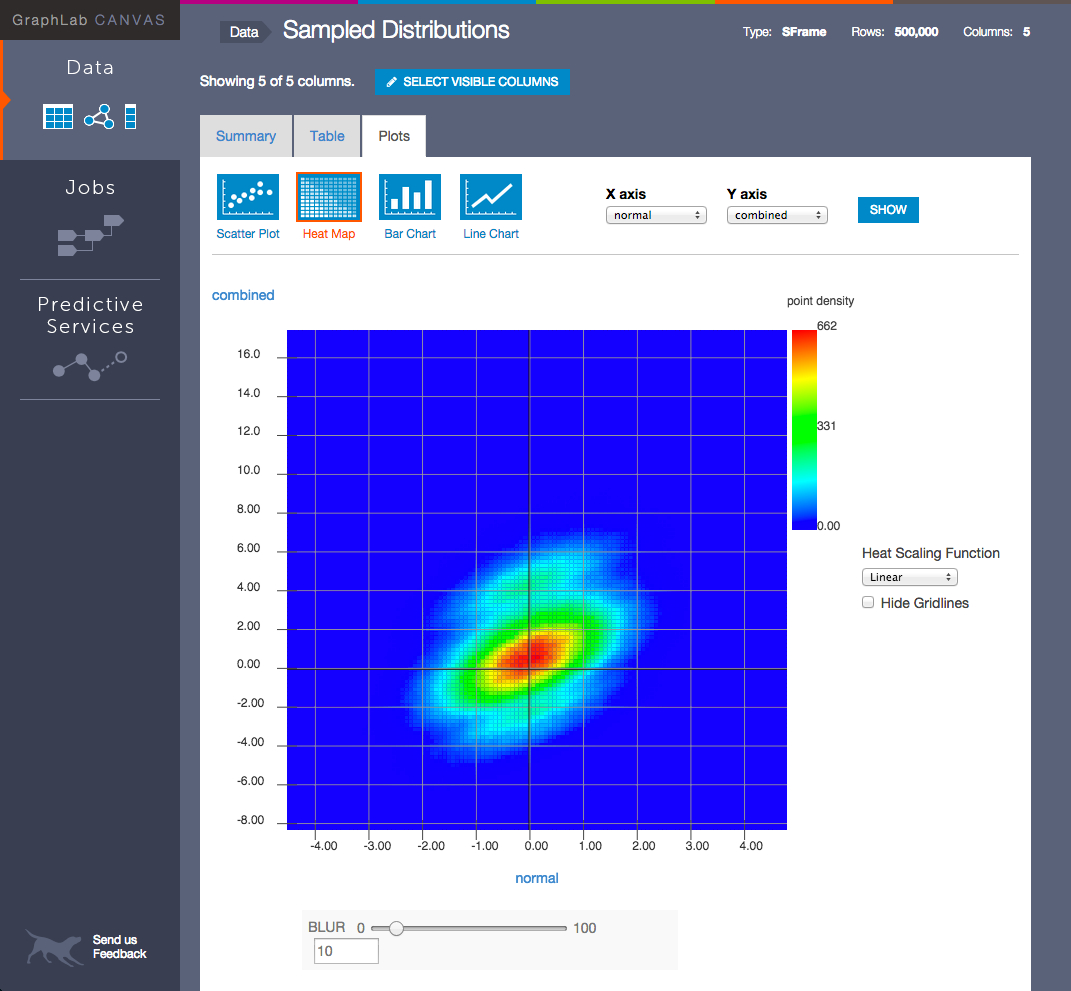From the webpage:
Cytoscape.js is an open-source Cytoscape.jsgraph theory (a.k.a. network) library written in JavaScript. You can use Cytoscape.js for graph analysis and visualisation.
Cytoscape.js allows you to easily display and manipulate rich, interactive graphs. Because Cytoscape.js allows the user to interact with the graph and the library allows the client to hook into user events, Cytoscape.js is easily integrated into your app, especially since Cytoscape.js supports both desktop browsers, like Chrome, and mobile browsers, like on the iPad. Cytoscape.js includes all the gestures you would expect out-of-the-box, including pinch-to-zoom, box selection, panning, et cetera.
Cytoscape.js also has graph analysis in mind: The library contains many useful functions in graph theory. You can use Cytoscape.js headlessly on Node.js to do graph analysis in the terminal or on a web server.
Cytoscape.js is an open-source project, and anyone is free to contribute. For more information, refer to the Cytoscape.jsGitHub README.
The library was developed at the Cytoscape.jsDonnelly Centre at the University of Toronto. It is the successor of Cytoscape.jsCytoscape Web.
Cytoscape.js & Cytoscape
Though Cytoscape.js shares its name with Cytoscape, Cytoscape.js is not exactly the same as Cytoscape desktop. Cytoscape.js is a JavaScript library for programmers. It is not an app for end-users, and developers need to write code around Cytoscape.js to build graphcentric apps.
Cytoscape.js is a JavaScript library: It gives you a reusable graph widget that you can integrate with the rest of your app with your own JavaScript code. The keen members of the audience will point out that this means that Cytoscape plugins/apps — written in Java — will obviously not work in Cytoscape.js — written in JavaScript. However, Cytoscape.js supports its own ecosystem of extensions.
We are trying to make the two projects intercompatible as possible, and we do share philosophies with Cytoscape: Graph style and data should be separate, the library should provide core functionality with extensions adding functionality on top of the library, and so on.
Great demo graphs!
High marks on the documentation and its TOC. Generous use of examples.
One minor niggle on the documentation:
Note that metacharacters need to be escaped:
cy.filter('#some\\$funky\\@id');
I think the full set of metacharacters for JavaScript reads:
^ $ \ / ( ) | ? + * [ ] { } , .
Given that metacharacters vary between regex languages (unfortunately), it would be clearer to list the full set of JavaScript metacharacters and use only a few in the examples.
Thus:
Note that metacharacters ( ^ $ \ / ( ) | ? + * [ ] { } , . )need to be escaped:
cy.filter('#some\\$funky\\@id');
Overall a graph theory library that deserves your attention.
I first saw this in a tweet by Friedrich Lindenberg.
Update: I submitted a ticket on the metacharacters this morning and it was fixed shortly thereafter. Hard problems will likely take longer but definitely a responsive project!


